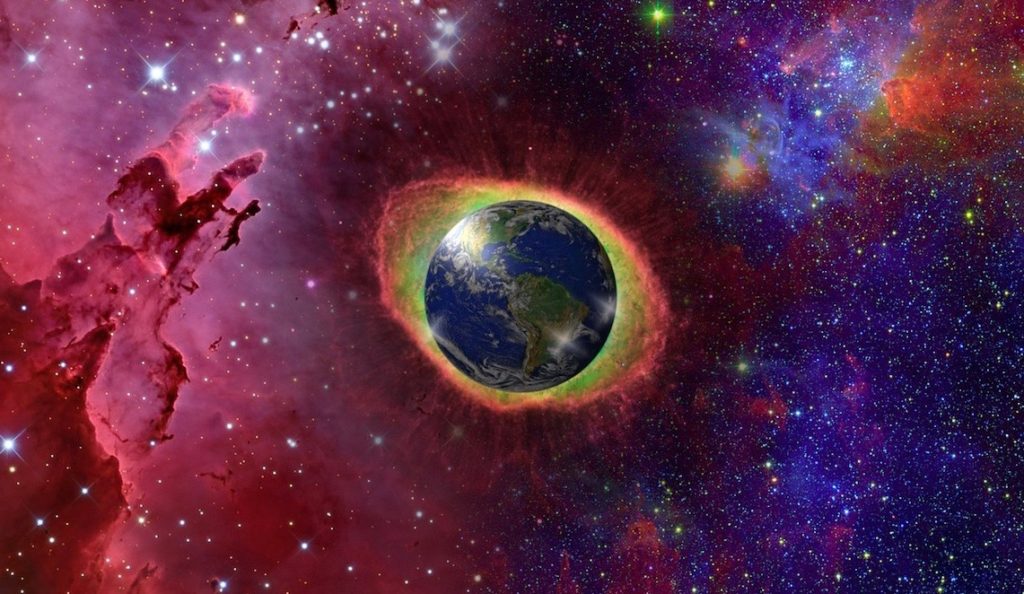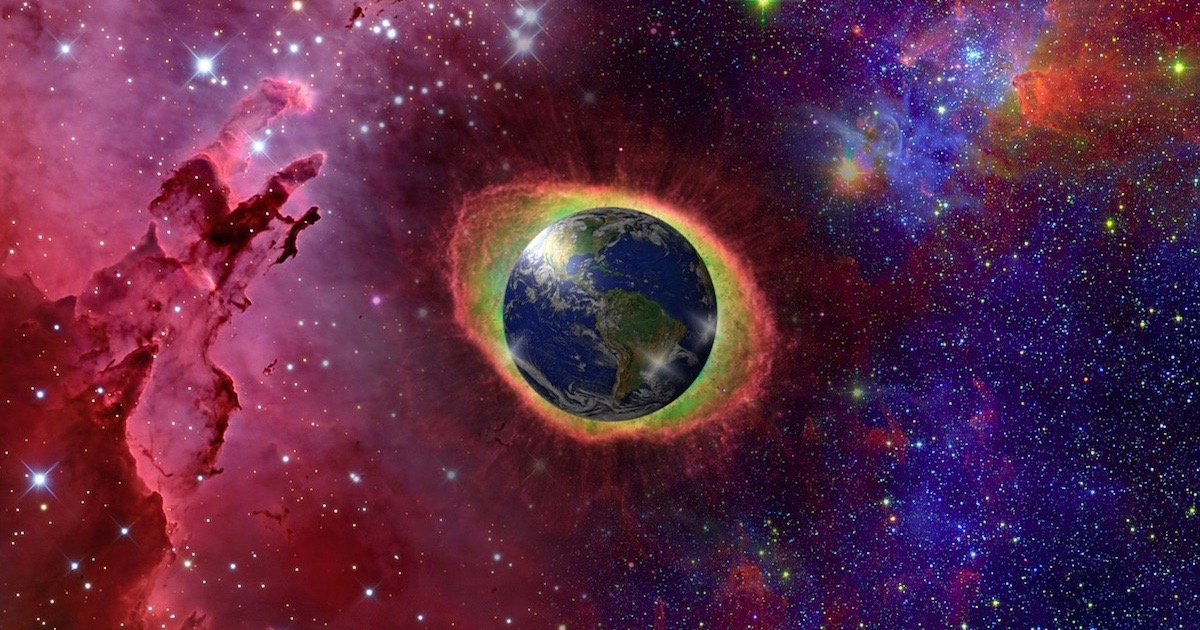 Intelligent Design
Intelligent Design
 Physics, Earth & Space
Physics, Earth & Space
ID’s Top Six — The Fine-Tuning of the Universe


Editor’s note: In the past we’ve offered the top 10 problems with Darwinian evolution (see here for a fuller elaboration), and the top five problems with origin-of-life theories. But somehow we neglected to offer a parallel listing of the top lines of evidence supporting intelligent design. Many different pieces of evidence pointing to design in nature could be adduced, but we decided to distill it all down to six major lines of evidence. Sure, five or ten would have been more conventional, but when did ID advocates start playing to expectations?
So here they are, their order simply reflecting that in which they must logically have occurred within our universe. Material is adapted from the textbook Discovering Intelligent Design, which is an excellent resource for introducing the evidence for ID, along with Stephen Meyer’s books Signature in the Cell and Darwin’s Doubt.
2. The Fine-Tuning of the Universe
The term “Big Bang” conjures images of an explosion, and usually when we think of an explosion we imagine a highly chaotic, stochastic event that destroys any order that is present rather than creating or preserving order. The Big Bang was not that kind of an “explosion.” It’s much better understood as a “finely tuned expansion event,” where all the matter and energy in the universe were expanding from an unimaginably high energy state. However, matching that energy was control and guidance through natural laws that were designed to produce a habitable universe, a home for life.
Consider some of the finely tuned factors that make our universe possible:
- If the strong nuclear force were slightly more powerful, then there would be no hydrogen, an essential element of life. If it was slightly weaker, then hydrogen would be the only element in existence.
- If the weak nuclear force were slightly different, then either there would not be enough helium to generate heavy elements in stars, or stars would burn out too quickly and supernova explosions could not scatter heavy elements across the universe.
- If the electromagnetic force were slightly stronger or weaker, atomic bonds, and thus complex molecules, could not form.
- If the value of the gravitational constant were slightly larger, one consequence would be that stars would become too hot and burn out too quickly. If it were smaller, stars would never burn at all and heavy elements would not be produced.
The finely tuned laws and constants of the universe are an example of specified complexity in nature. They are complex in that their values and settings are highly unlikely. They are specified in that they match the specific requirements needed for life.
The following gives a sense of the degree of fine-tuning that must go into some of these values to yield a life-friendly universe:
- Gravitational constant: 1 part in 10^34
- Electromagnetic force versus force of gravity: 1 part in 10^37
- Cosmological constant: 1 part in 10^120
- Mass density of universe: 1 part in 10^59
- Expansion rate of universe: 1 part in 10^55
- Initial entropy: 1 part in 10^ (10^123)
The last item in the list — the initial entropy of the universe — shows an astounding degree of fine-tuning. What all this shares is an incredible, astronomically precise, purposeful care and planning that went into the crafting of the laws and constants of the universe, gesturing unmistakably to intelligent design. As Nobel laureate in physics Charles Townes stated:
Intelligent design, as one sees it from a scientific point of view, seems to be quite real. This is a very special universe: it’s remarkable that it came out just this way. If the laws of physics weren’t just the way they are, we couldn’t be here at all. The sun couldn’t be there, the laws of gravity and nuclear laws and magnetic theory, quantum mechanics, and so on have to be just the way they are for us to be here.
Some scientists respond, “Well, there must be an enormous number of universes and each one is a little different. This one just happened to turn out right.” That’s a postulate, and it’s a pretty fantastic postulate — it assumes there really are an enormous number of universes and that the laws could be different for each of them. One would like to get a look at the universe-generating machine responsible for this abundance. The other possibility is that our universe was planned, and that’s why it has come out so specially.
Again, William Lane Craig has a fantastic video explaining this:
Image source: spirit111, via Pixabay.
